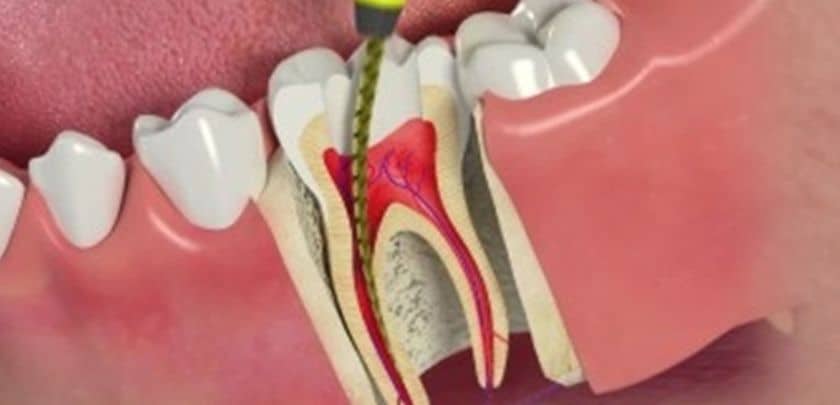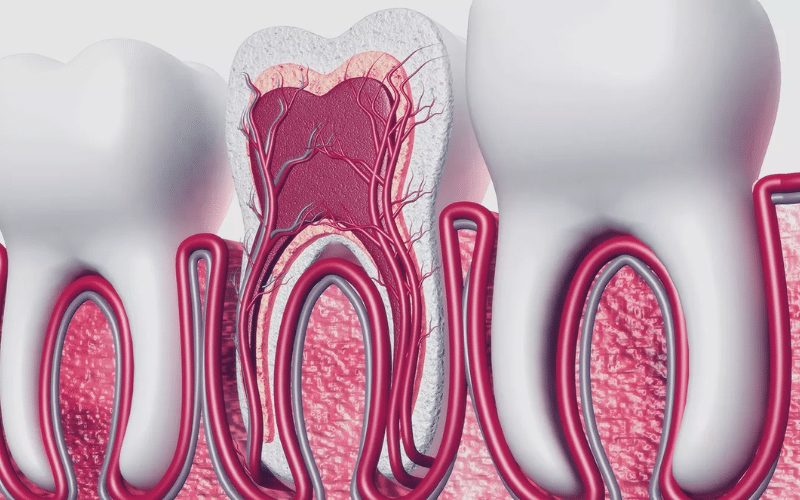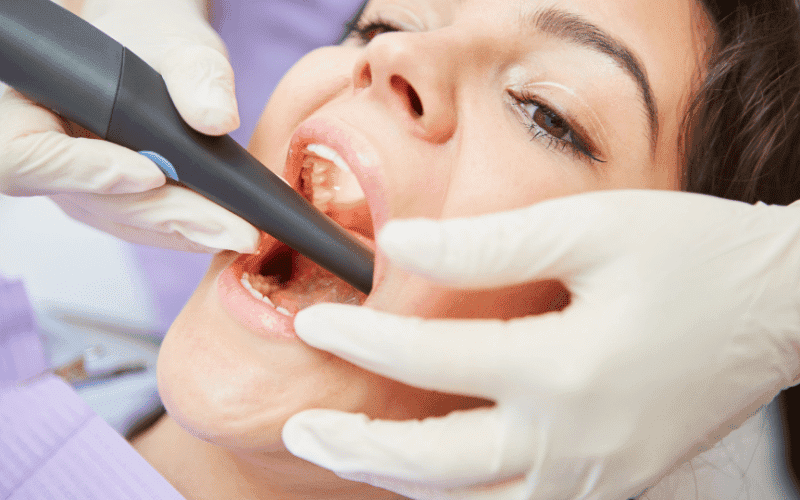
How Long Does A Root Canal Take To Heal?
Root canals are a common dental procedure performed to save a tooth that is severely infected or decayed. While the root canal itself typically takes one or two visits to complete, the healing process can vary from person to person and depend on several factors. In this blog post, we’ll explore how long it takes for a root canal to heal and what factors can affect the healing process.
What Happens During a Root Canal Procedure
To understand the healing process, let’s first review what happens during a root canal procedure. During a root canal, the dentist or endodontist removes the infected or damaged pulp from the inside of the tooth. The pulp contains nerves, blood vessels, and connective tissue, and when it becomes infected, it can cause pain and swelling. After removing the pulp, the dentist cleans and disinfects the inside of the tooth and then seals it to prevent further infection.
Initial Healing Period
After the root canal procedure, the tooth and surrounding tissues need time to heal. The initial healing period usually takes a few days, during which the patient may experience some discomfort or swelling. This is normal and can typically be managed with over-the-counter pain medication and ice packs.
Factors Affecting the Full Healing Process
However, the full healing process can take several weeks to months, depending on various factors:
- Severity of the infection: If the infection is severe or if there are complications during the procedure, it may take longer for the tooth to heal completely. In some cases, additional treatments such as antibiotics may be necessary to fully resolve the infection.
- Overall health: A person’s overall health can affect their body’s ability to heal. Individuals with compromised immune systems or chronic health conditions may experience slower healing times.
- Proper oral hygiene: Following proper oral hygiene practices is crucial for the healing process. Patients should continue to brush and floss regularly and avoid chewing on hard or sticky foods until the tooth has fully healed.
- Follow-up appointments: After the root canal procedure, the patient will typically need to return to the dentist for a follow-up appointment to ensure that the tooth is healing properly. During these appointments, the dentist may take X-rays to monitor the progress of healing.
- Restorative treatment: In most cases, a tooth that has undergone a root canal will need a permanent restoration, such as a dental crown, to protect it and restore its function. The timing of this restorative treatment can also affect the overall healing process.
Overall, while the initial discomfort from a root canal typically subsides within a few days, the full healing process can take several weeks to months. Patients need to follow their dentist’s instructions carefully and attend all follow-up appointments to ensure a successful outcome.
Tips for Promoting Healing and Reducing Discomfort
In addition to following the dentist’s recommendations, there are some steps that patients can take to promote healing and reduce discomfort after a root canal:
- Take pain medication as directed: Over-the-counter pain relievers such as ibuprofen or acetaminophen can help alleviate discomfort following a root canal. Patients should follow the dosing instructions provided by their dentist or pharmacist.
- Apply ice packs: Applying ice packs to the outside of the face can help reduce swelling and discomfort after a root canal. Patients should wrap the ice pack in a cloth or towel and apply it to the affected area for 10-15 minutes at a time.
- Avoid chewing on the treated tooth: To prevent further damage or infection, patients should avoid chewing on the tooth that has undergone a root canal until it has been fully restored with a permanent restoration such as a dental crown.
- Maintain good oral hygiene: Patients should continue to brush and floss regularly, taking care to avoid the treated tooth until it has fully healed. Using a soft-bristled toothbrush and gentle flossing techniques can help prevent irritation to the sensitive tissues around the tooth.
- Follow any dietary restrictions: Depending on the extent of the root canal procedure and the patient’s circumstances, the dentist may recommend avoiding certain foods or beverages that could irritate the treated tooth or interfere with the healing process.
By following these tips and staying in communication with their dentist, patients can help ensure a smooth and successful recovery from a root canal procedure. While the healing process may take some time, the end result is typically a restored tooth that is free from pain and infection, allowing the patient to enjoy improved oral health and function for years to come.





